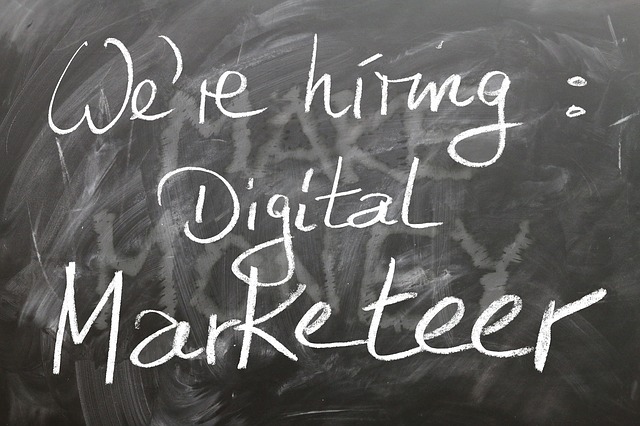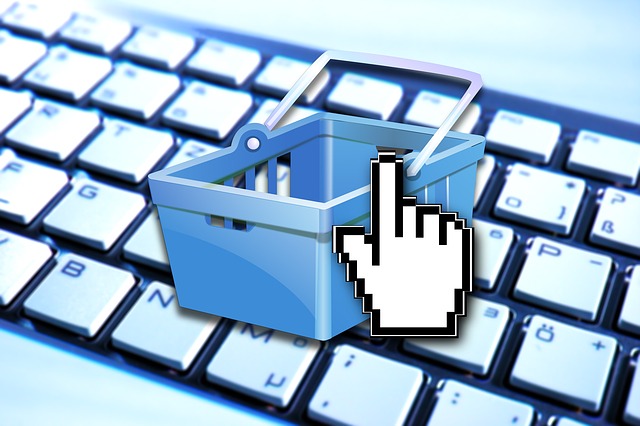How to Build a Successful Landing Page

Nowadays, a lot of businesses are using individual landing pages to sell products via the internet. This one page displays everything about the product and is supposed to turn visitors into paying customers. To make this possible, a sales page has to be well structured and thought out. In this article, we'll guide you through the essentials of a successful landing page.
 Image by Gerd Altmann from Pixabay
Today, the question is not whether a product needs a landing page, but rather how it needs to be structured to make the product sell well.
Image by Gerd Altmann from Pixabay
Today, the question is not whether a product needs a landing page, but rather how it needs to be structured to make the product sell well.
 Image by Gerd Altmann from Pixabay
Image by Gerd Altmann from Pixabay
 Image by Hands off my tags! Michael Gaida from Pixabay
Image by Hands off my tags! Michael Gaida from Pixabay
 Image by Gerd Altmann from Pixabay
Today, the question is not whether a product needs a landing page, but rather how it needs to be structured to make the product sell well.
Image by Gerd Altmann from Pixabay
Today, the question is not whether a product needs a landing page, but rather how it needs to be structured to make the product sell well.
The Structure of a Successful Landing Page
Build your landing page along the lines of the following tips, and you will be bound to raise your revenue easily. Image by Gerd Altmann from Pixabay
Image by Gerd Altmann from Pixabay
1 - The Logo
The logo makes for recognition value and unites everything the business stands for. It should set itself apart from the competition, as the customer will think of the logo as the sender of the offer. A good logo should also be able to build trust, which is why it is one of the most essential elements of a well-done landing page.2 - Headline and Subline
These two elements will quickly show the visitor whether they are on the right page or not. The headline can repeat the keywords that the visitor used to get there. The subline can be utilized for an extended description. In the best case, both headlines together should show your customer that he has come to the right place.3 - The Hero-Shot
Here, you should show your product's best side. Turn it into a superstar, the winner of an Academy Award. The better the product looks, the higher the chances to sell it. A neat video in which you could explain the history of your product is an option as well.4 - The Introduction
What does the customer get out of this, why exactly should he buy your product? If you didn't make this clear yet, you have to put in all you've got now. You may repeat the keywords from the headline. Write a brief description that will touch your potential customer.5 - USP (Unique Selling Proposition)
This basically means "what value do I get out of this offer?". Inform your visitor about what value he'll get from your offer. Keep it short and concise. You may even extend this area with a list that includes the four or five most important aspects.6 - The Price
Here's where you'll show the price, or prices (when offering multiple versions or variants of your product). From a psychological perspective, it is important to "explain" the price. You could do that with an original and a reduced price. Or you offer your product at a special price for a limited amount of time. This creates an artificial "psychological pressure" that makes customers purchase the product much easier.7 - Call To Action
Now, you'll make clear what you expect from your visitor. Lead him to the next step of the process. Make sure that your call to action really stands out from the other elements, and makes users click it. A CTA can also consist of a sentence that leads the visitor into the next step in a psychologically smart way.8 - Reason Why - The Reason for the Purchase
Why should a visitor become a customer? Give strong, clear arguments to make him do what you expect him to. A human always needs a reason for a decision; especially when it comes to purchase. Depending on the target audience, a good reason may be backed by statistics, a report, or a graphic.9 - The Functional Principle
Your visitor won't read through long texts. This area works just like an excellent blog post. Make sure that the provided information is scannable. The visitors want to know if your product brings them what they want it to, and if it's the right choice for them. And they want this information as fast and with as little effort as possible. Illustrations have the potential to be very helpful here.10 - Testimonials
Have you already sold your product to someone? Great! Ask them for their opinion, and place them on the page as testimonials. A real testimonial does not leave the customer alone but gives him an "expert" on the product to help him. This builds trust in your business, as well as your product. Here, it's crucial to obtain and post honest opinions.11 - Trust Elements
Confidence is one of the strongest psychological motives for purchase. Here, you have to convey trust and safety. Good elements to do that are seals, brands, and certificates, for example. However, Facebook likes can also be trustworthy. A professional landing page design also creates a feeling of safety and trust. Image by Hands off my tags! Michael Gaida from Pixabay
Image by Hands off my tags! Michael Gaida from Pixabay
Landing Page Statistics You Should Know
- 48 percent of all marketers create a new landing page for each marketing campaign
- The effects of the landing page on the lead volume depending on business size. Here, small businesses with up to ten employees achieve the largest lead volume. Especially when a lot of landing pages were created. This could definitely be because of the fast decision-making paths in the business.
- Only 22 percent of businesses are satisfied with their conversion rate. Here, in-depth landing page tests may be helpful. The campaigns of President Obama have shown this.
- Only 52 percent of businesses test their landing pages.
- Just one additional second of loading time may decrease the conversion by seven percent.
- President Obama collected an additional 60 million dollars of donations from in-depth A/B tests.

Very nice article. It conveys the essence greatly, all steps are important.